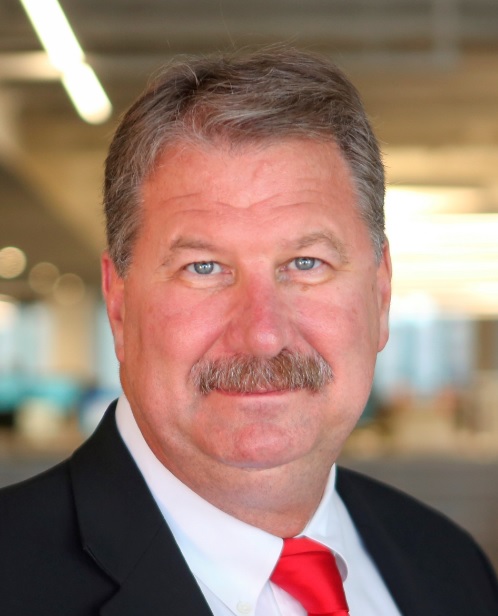
In the spirit of full disclosure, my role and background would not be considered a technical IT role, although I often lead software implementations related to our project delivery population. My role is to oversee project delivery support for over 50,000 projects annually in AECOM’s, the world’s premier infrastructure consulting firm, business in the Americas, providing project teams the resources, training, processes, systems and tools needed to accomplish our project delivery goals.
The COVID-19 pandemic has changed how we do business and how we navigate the workplace of the future. This pandemic disrupted our entire industry, forcing most professionals to abandon their typical field or office routines. We were made to rethink the way we do business.
After the health and safety concerns for our employees and clients were addressed, our immediate focus became quality. How could we still deliver a quality product to our clients with the new hurdles presented by the pandemic? As I often state “You can’t check the quality into the work, quality comes from an engaged staff”. This was a multifaceted issue which required us to reimagine how we use the systems and tools already at our disposal. Many challenges arose from this exploration including:
- How would our VPN handle the increased volume?
- How would our design modeling platforms hold up from a control and performance perspective?
- How would we create adequate training environments with our current training platforms?
- How would we get new hires onboarded, equipped and trained?
- How could we use our current tools to continue our quality control processes and maintain employee engagement, which is the core element to good quality?
- How would we properly validate progress in design and construction?
- How would we address tool repair and dysfunction issues with a remote workforce?







































